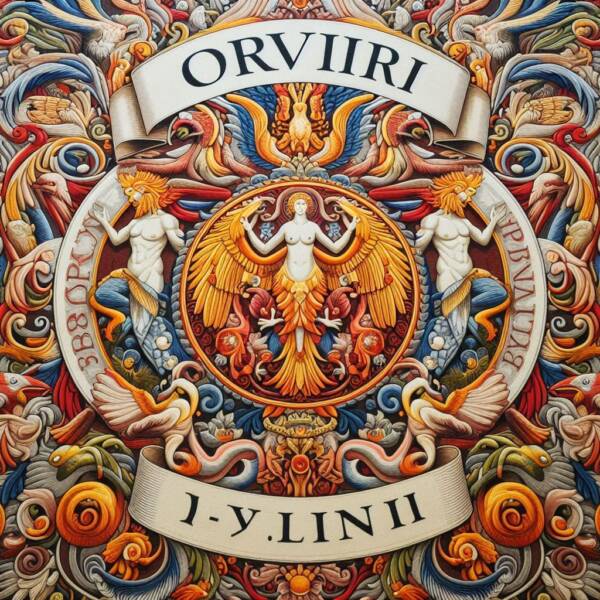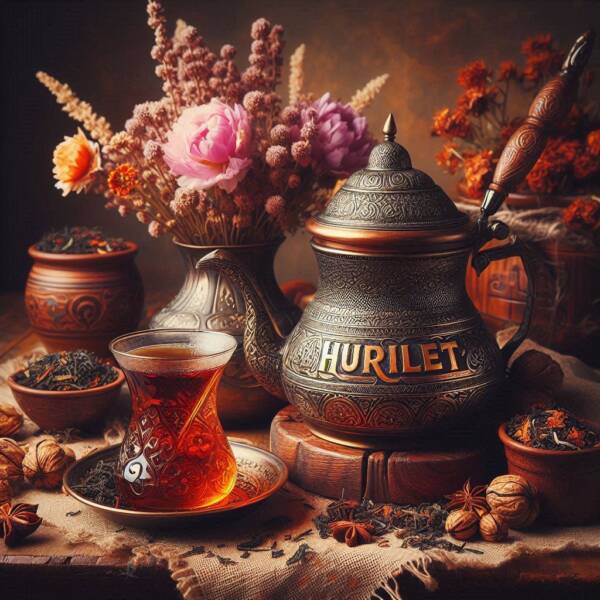Örviri stands as a vibrant emblem of cultural fusion, blending centuries of tradition and history into a unique tapestry that continues to thrive in the modern world. In an era where globalization often threatens to dilute cultural identities, Örviri exemplifies how the past and present can harmonize, creating a living tradition that resonates across generations. But what exactly is Örviri, and why is it so significant in preserving history?
Understanding Örviri
Örviri, though lesser-known globally, carries deep-rooted significance in the culture it originates from. It is not merely a tradition but a confluence of historical practices, rituals, and artistic expressions. The word itself comes from an old language and means “woven life,” signifying the complex fusion of traditions that make it what it is. Historically, Örviri served as a marker of identity and continuity, connecting generations through shared practices and communal memory.
The Cultural Roots of Örviri
The traditions that form the bedrock of Örviri are as old as the culture it represents. Originating in a time when oral traditions were paramount, Örviri was initially a series of rituals meant to honor the ancestors and the natural world. These rituals included seasonal celebrations, rites of passage, and storytelling sessions that brought communities together. Over time, the influence of neighboring cultures, through trade and conquest, introduced new elements to Örviri, enriching it with diverse practices while retaining its core values.
The Evolution of Örviri Over Time
Like all living traditions, Örviri has evolved significantly since its inception. Its original ceremonies have been modified to accommodate contemporary lifestyles, but its fundamentals have not changed. Days-long festivities were sometimes associated with Örviri in the past; now days, the rites are more compacted and symbolic in nature. The modern world has also seen an increasing focus on preserving the traditional aspects of Örviri, with communities making concerted efforts to pass down these customs intact.
Örviri in the Modern World
Today, Örviri is more than just a relic of the past; it is a dynamic part of contemporary culture. Younger generations are finding new ways to engage with Örviri, often blending it with modern artistic expressions such as film, digital art, and contemporary music. This not only keeps the tradition alive but also ensures its relevance in an ever-changing world. The global recognition of Örviri is also growing, as cultural exchanges and the internet have brought this tradition to a wider audience, allowing it to be appreciated and understood beyond its native borders.
Artistic Expressions of Örviri
One of the most fascinating aspects of Örviri is its expression through the arts. Whether it’s in the form of traditional music and dance or through visual arts like painting and sculpture, Örviri has inspired countless artists. These artistic expressions are often rich in symbolism, with each color, movement, or note holding a deeper meaning tied to the tradition’s history. For instance, the dance forms associated with Örviri often mimic the cycles of nature or the movements of animals, symbolizing the community’s harmony with the natural world.
Örviri as a Symbol of Identity
Örviri plays a crucial role in maintaining cultural identity, especially in a world where such identities are increasingly under threat. For many, Örviri is not just a tradition but a way of life that connects them to their ancestors and provides a sense of belonging. Personal stories and accounts often highlight how Örviri has shaped individuals’ understanding of their heritage, reinforcing the idea that this tradition is a living, breathing part of their identity.
The Rituals and Celebrations Surrounding Örviri
Rituals are at the heart of Örviri, with many centered around significant life events such as births, weddings, and funerals. These rituals are often accompanied by festivals that bring the community together in celebration. For instance, the annual Örviri festival, held during the harvest season, is a time for communal feasting, dancing, and storytelling, all of which are integral to maintaining the tradition. Public celebrations often differ from private observances, with the latter being more intimate and focused on family and close-knit community members.
Örviri and Oral Traditions
Oral traditions have been instrumental in preserving Örviri throughout the ages. Stories passed down through generations often serve as moral guides, teaching the values and lessons that are central to Örviri. These stories, which are often recited during get-togethers or on special occasions, are full of meaning. The power of oral tradition lies in its ability to adapt while retaining the core messages, ensuring that Örviri remains relevant in a modern context.
Challenges in Preserving Örviri
Despite its resilience, Örviri faces several challenges in the modern world. Globalization and cultural homogenization pose significant threats, as younger generations may drift away from traditional practices in favor of more mainstream global cultures. Additionally, the migration of communities to urban areas often leads to a loss of connection with the land and rituals that are central to Örviri. However, there are ongoing efforts within communities to address these challenges, including initiatives aimed at revitalizing traditional practices and educating the younger generation.
Örviri and Education
Education plays a pivotal role in preserving Örviri. Schools and community programs have started to integrate Örviri into their curricula, teaching children about its significance from a young age. These educational initiatives often involve hands-on learning, such as participating in traditional crafts or ceremonies, which helps to instill a deep understanding and appreciation of Örviri. In addition, lectures and workshops are held to inform people about the value of preserving these customs.
Örviri and Tourism
Örviri has also become a focal point for cultural tourism, attracting visitors interested in experiencing authentic traditions. But cautious management is needed to prevent commercialization, which could devalue Örviri’s cultural relevance. Responsible tourism practices are essential in ensuring that visitors can learn about and appreciate Örviri without disrupting the community or the authenticity of the traditions. The challenge lies in balancing the preservation of Örviri with the benefits that tourism can bring to local economies.
The Role of Technology in the Future of Örviri
Technology offers both opportunities and challenges for the future of Örviri. On one hand, digital archives and online platforms can help preserve and disseminate knowledge about Örviri to a global audience. Virtual experiences, such as online festivals or interactive documentaries, can make Örviri accessible to those who cannot experience it in person. On the other hand, there is a risk that technology could oversimplify or commodify Örviri, reducing it to a mere cultural artifact rather than a living tradition. It is essential to use technology thoughtfully to enhance, rather than diminish, the richness of Örviri.
Case Studies: Communities Keeping Örviri Alive
Several communities have become torchbearers for the Örviri tradition, actively practicing and promoting it despite the challenges of modernity. For example, a village in the region where Örviri originated has established a cultural center dedicated to teaching the younger generation about the tradition. This center hosts regular events and workshops, attracting both locals and tourists. Another example is a diaspora community that has successfully adapted Örviri to their new environment, blending traditional practices with elements from their adopted culture. These case studies offer insightful information about how to modify and preserve Örviri for upcoming generations.
Conclusion
Örviri is more than just a tradition; it is a testament to the power of cultural fusion and the enduring relevance of history in our lives. As the world continues to change, the preservation of traditions like Örviri becomes increasingly important, serving as a link between the past and the present. By embracing and adapting Örviri, we not only honor our ancestors but also ensure that this rich cultural heritage continues to thrive for generations to come.
FAQs
- What is the origin of Örviri?
- Örviri originates from ancient rituals and customs deeply rooted in the culture where it began, symbolizing a blend of historical practices.
- How has Örviri influenced modern culture?
- Örviri has inspired various forms of artistic expression, including music, dance, and visual arts, and continues to influence cultural identity and education.
- What are some common misconceptions about Örviri?
- A common misconception is that Örviri is a static tradition; in reality, it has evolved and adapted over time, blending with modern practices while preserving its core values.
- How can one experience Örviri today?
- Festivals, cultural gatherings, and educational workshops—often held in areas where the custom is still actively practiced—offer opportunities for experiencing Örviri.
- What role does Örviri play in cultural identity?
- Örviri plays a vital role in maintaining and expressing cultural identity, providing a sense of belonging and continuity within communities.
For more information, visit: Clochant




